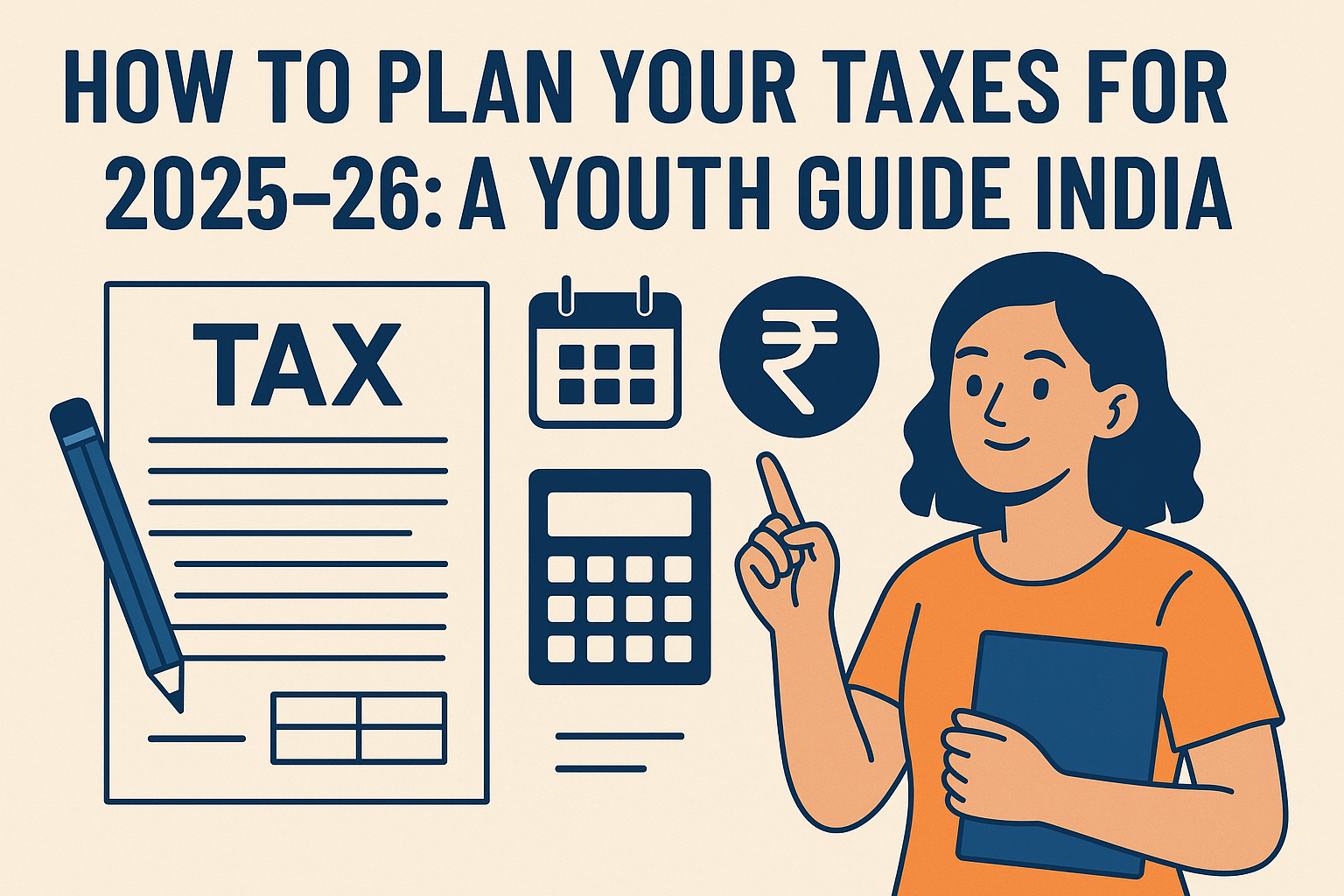
Introduction
As the financial year draws to a close, it’s time for young adults in India, particularly those aged 20–35, to shift their focus towards tax planning for the upcoming financial year 2025–26. Being proactive about tax planning not only helps maximize savings but also ensures financial stability. In this article, we will explore various strategies, popular tax-saving instruments, and essential deductions that can significantly benefit you.
Understanding Your Tax Bracket
Before diving into tax-saving options, it’s crucial to understand the income tax slabs applicable for the financial year 2025–26. Here’s a simplified view of the tax slabs under both the old and new tax regimes:
Old tax regime: This allows for various deductions under sections like 80C, 80D, and so forth.
New tax regime: This offers reduced tax rates but removes most deductions.
Determining which regime suits your financial situation will largely depend on your income level and deductible expenses.
Popular Tax-Saving Instruments
Choosing the right tax-saving instruments is vital for effective tax planning. Here are some popular options:
Public Provident Fund (PPF):
A government-backed savings scheme with an interest rate of around 7.1% and a lock-in period of 15 years. Contributions qualify for a deduction under Section 80C.Equity-Linked Saving Scheme (ELSS):
These are mutual funds that offer tax benefits under Section 80C, with a three-year lock-in period. Besides saving taxes, they can potentially provide high returns over time.National Pension System (NPS):
Designed for retirement planning, contributions to NPS qualify for an additional deduction of up to ₹50,000 under Section 80CCD.Health Insurance:
Premiums paid for health insurance can be claimed under Section 80D, providing health coverage for yourself and your family while saving on taxes.
Maximizing Deductions
Understanding available deductions can significantly lower your taxable income. Here are key deductions to consider:
Section 80C Deductions:
You can claim deductions of up to ₹1.5 lakh by investing in instruments like PPF, ELSS, and tax-saving Fixed Deposits.Section 80D:
Deduct premiums paid for health insurance for self, spouse, children, and parents.Home Loan Interest:
Under Section 24(b), you can claim a maximum deduction of ₹2 lakh for home loan interest.
Importance of Early Planning
Starting your tax planning early in the financial year allows you to make informed financial decisions, ensuring that you don’t end up scrambling to invest just before the deadline. Here are a few reasons why early planning is beneficial:
Better Financial Decisions:
Planning ahead allows you to evaluate different tax-saving avenues thoroughly, making choices that align with your financial goals.Time to Adjust Investments:
Early planning provides the flexibility to adjust your investments based on your financial performance throughout the year.Reducing Stress:
Avoid the last-minute rush during the tax filing season by preparing your documents early, ensuring a smoother filing process.
Conclusion
For young adults, understanding tax planning strategies is crucial to maximizing returns and minimizing liabilities. By exploring various tax-saving instruments, maximizing deductions, and starting early, you can set yourself up for financial success in the 2025–26 financial year. Start planning today, and make informed decisions that benefit your long-term financial health.
In summary, tax planning can seem daunting, but with the right knowledge and tools, young adults can thrive financially while fulfilling their tax obligations. Now that you understand the strategy, take charge of your finances and explore the opportunities that await you!

Leave a Reply